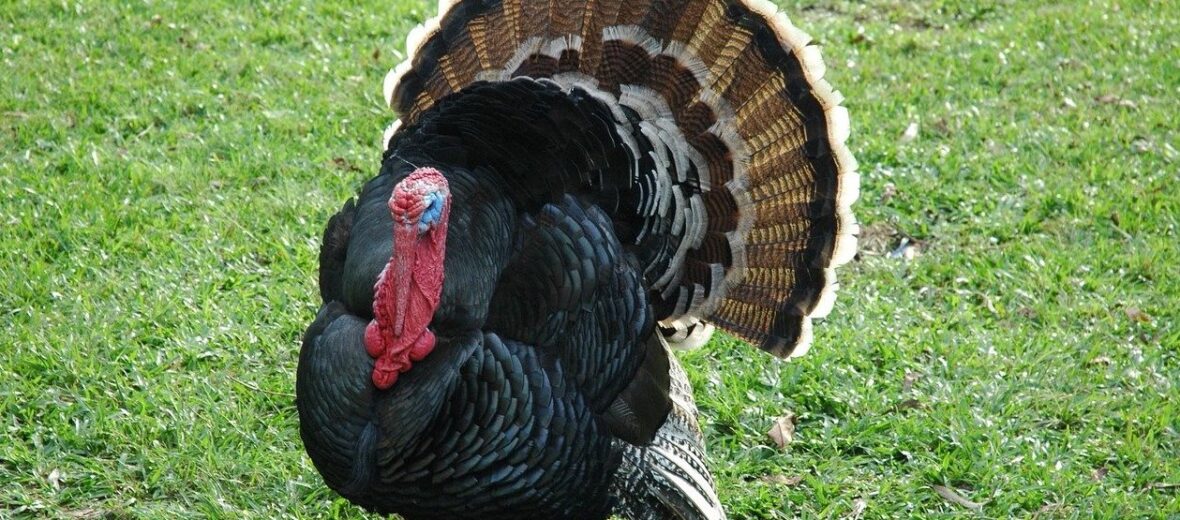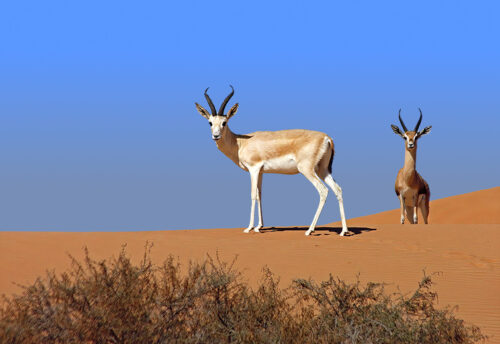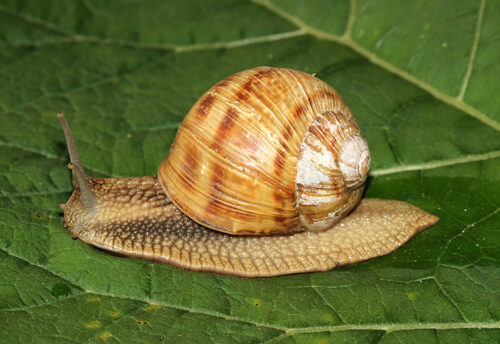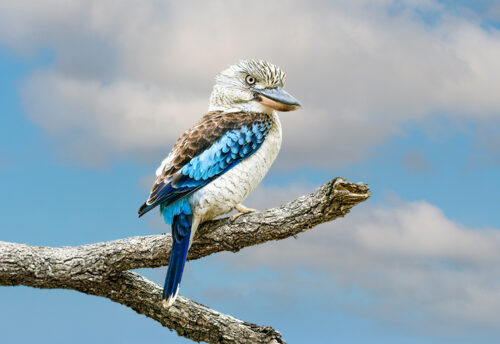
Gobbling its way into today’s Thanksgiving article, we have the turkey. This bird was made famous, in part, by Benjamin Franklin, who stated not that the turkey should be the nation’s bird, but rather that he felt it more noble than the bald eagle. Each year around 46 million unfortunate turkeys meet their doom for the tradition of Thanksgiving dinner around North America!
First the Stats…
Scientific name: Meleagris
Weight: Up to 22+ lbs.
Height: Up to 4 feet
Wingspan: Up to 4.7 feet
Lifespan: Up to 10 years
Now on to the Facts!
1.) There are 6 subspecies of wild turkey, all native to North America.
2.) Male turkeys are called gobblers, after a sound they can make. Females are called hens.
3.) An adult turkey weighs in at between 16 – 22 lbs. on average and has a ‘beard’ of altered feathers on his chest that reaches 7+ inches long. They also have sharp spurs on their legs for fighting other males.
4.) The wild turkey was hunted to near extinction by the early 20th century. But restoration programs brought the numbers up to 7,000,000+ today.
5.) Both males and females have a snood (that dangly fleshy part that hangs from their head), a wattle (the fleshy part under their chin), and only a few feathers on their head.
But wait, there’s more on the turkey!
6.) The longer the snood, the healthier the turkey. Females are also attracted to males with larger snoods.
7.) If you look at their poop. The males will produce spiral shaped droppings and the females is shaped like a ‘J’.
Did you know…?
In a strange turn of events, the Aztecs domesticated M. gallapavo gallopavo (the south Mexican wild turkey), then the Spanish brought those turkeys to Europe. The pilgrims then brought many of these domestic turkeys back to North America.
8.) Turkeys are fast. They can run up to 25 miles an hour.
9.) Baby turkeys are called poults. They typically eat berries, insects, and seeds. Adult turkeys also eat acorns, small reptiles, and even scorpions!
10.) A turkey can actually fly pretty well and can get up to 55 mph! Only wild turkeys can fly though. The domesticated turkeys have been bred to be weighty, with not much of an ability to fly.
Now a Short Turkey Video!
Also, check out the Critter Science YouTube channel. Videos added frequently!
Want to suggest a critter for me to write about? Let me know here.



